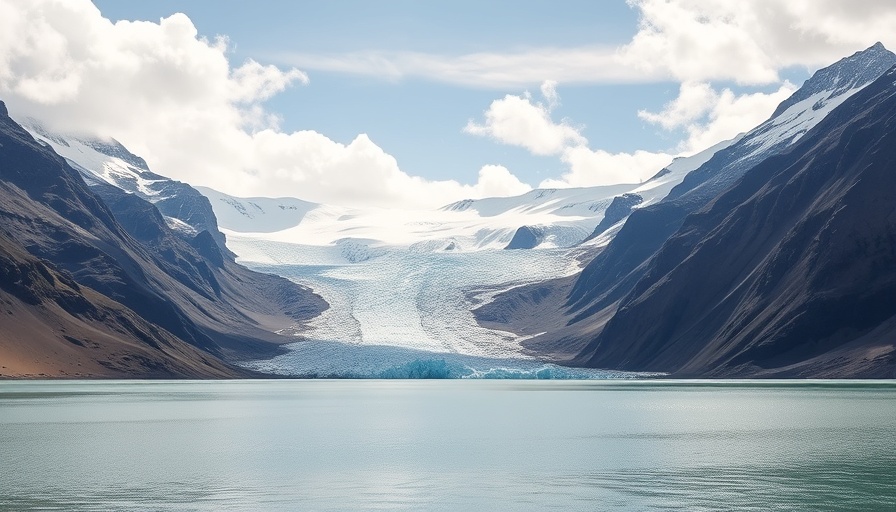
A New Opportunity in Swiss Hydropower
As glaciers in the Swiss Alps retreat due to climate change, they are unveiling new terrain that could reshape the country’s energy landscape. A recent report from the Swiss Federal Council highlights that this newly exposed land may facilitate the expansion of hydropower infrastructure, potentially generating up to 3,900 gigawatt-hours (GWh) of energy annually by 2050. For perspective, this amount could power hundreds of thousands of homes in Switzerland.
The Importance of Hydropower in Switzerland
Switzerland relies heavily on hydropower, which constitutes nearly 60 percent of its domestic electricity supply. The country’s strategic plan, known as the Energy Strategy 2050, includes ambitious goals to increase hydropower generation to 39.2 terawatt-hours (TWh) each year by 2050. This strategy manifests the nation’s commitment to renewable energy, and with the right projects, glacier melt could offer a route to achieving these targets.
Navigating Environmental Challenges
However, leveraging this opportunity will not come without its challenges. The areas around glaciers, known as periglacial landscapes, are often ecologically sensitive and many are protected under Swiss environmental laws. Approximately one percent of hydropower projects are entirely outside protected floodplains, meaning that most proposals will likely face environmental scrutiny and regulatory hurdles.
Collaboration for Sustainable Solutions
In light of these challenges, the Swiss government has begun to implement collaborative approaches. A landmark law passed in June 2024 exempts certain hydropower projects from stringent land-use planning regulations, allowing for quicker approval and financial support through grants. This collaborative spirit is essential not only for overcoming legal barriers but also for ensuring that opposing groups can find common ground in support of new infrastructure.
Future Predictions: Energy Needs in a Changing Climate
As glacial melt potentially increases renewable energy sources, experts caution against overlooking the long-term implications of climate change on hydropower reliability. Changes in precipitation patterns, expected to become more extreme and variable, may challenge energy storage capabilities. This raises critical questions about the long-term viability of investments in new hydropower facilities.
Investing in a Sustainable Future
Despite the uncertainty surrounding environmental impacts and financial feasibility, the potential of expanded hydropower in Switzerland remains promising, particularly as discussions surrounding sustainability become increasingly urgent. Investment in renewable energy not only addresses energy needs but also contributes to job creation and local development—a win-win scenario for the nation.
For those fascinated by sustainable living and the future of energy in Switzerland, the developments around glacier melt and hydropower represent a critical intersection of environmental science and energy policy. As these discussions evolve, staying informed will be key to understanding how this plays into wider climate change narratives.
 Add Row
Add Row  Add
Add 




Write A Comment